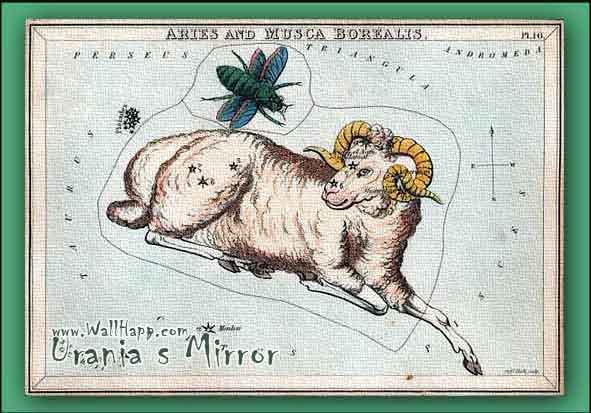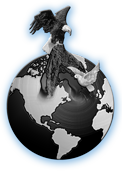Musca

Musca (Mus, fly) is a small constellation in the deep southern sky. Musca was one of the twelve constellations established by the Dutch astronomer Petrus Plancius from the observations of the southern sky by the Dutch explorers Pieter Dirkszoon Keyser and Frederick de Houtman, who had sailed on the first Dutch trading expedition, known as the Eerste Schipvaart, to the East Indies.
De Houtman included it in his southern star catalogue in 1598 under the Dutch name De Vlieghe, "The Fly". They assigned four stars to the constellation, with a star that would be later designated as Beta Muscae marking the head, Gamma the body, and Alpha and Delta the left and right wings respectively. It first appeared on a 35-cm (14 in) diameter celestial globe published in 1598 in Amsterdam by Plancius with Jodocus Hondius, though was unnamed. The first depiction of this constellation in a celestial atlas was in the German cartographer Johann Bayer's Uranometria of 1603, though Bayer termed it Apis—the Bee, a name by which it was known for the next two centuries. A 1603 celestial globe by Willem Blaeu depicts it as providing nourishment for the nearby constellation Chamaeleon—its tongue trying to catch the insect.

The Kalapalo people of Mato Grosso state in Brazil called Alpha and Beta Muscae (along with Beta and Kappa Crucis) Kutsu anangagï "Ornate Hawk-Eagle's double flutes". The Wardaman people of the Northern Territory in Australia perceived the main stars of Musca as a ceremonial boomerang, part of the Central Arena—a sacred area surrounding the constellation Crux that depicts the lightning creation beings and where they teach Wardaman customs; Alpha and Beta also signified a ceremonial headband, while Gamma and Delta represented two armbands. In Central Australia, the Arrernte and Luritja people living in on a mission in Hermannsburg viewed the sky as divided between them, east of the Milky Way representing Arrernte camps and west denoting Luritja camps. The stars of Musca, along with Fomalhaut, Alpha Pavonis, and Alpha and Beta Gruis were all claimed by the Arrernte.
Many of the constellation's brighter stars are members of the Scorpius–Centaurus Association, a loose group of hot blue-white stars that appear to share a common origin and motion across the Milky Way. These include Alpha (α Muscae, α Mus), Beta (β Muscae, β Mus), Gamma, Zeta2 and (likely) Eta Muscae, as well as HD 100546, also known as KR Muscae, a blue-white Herbig Ae/Be star (HABe) that is surrounded by a complex debris disk containing a large planet or brown dwarf and possible protoplanet. Two further star systems have been found to have planets. The constellation also contains two Cepheid variables visible to the naked eye. Theta Muscae is a triple star system, the brightest member of which is a Wolf–Rayet star.
Bordering constellations
Apus | Carina | Centaurus | Chamaeleon | Circinus | Crux
Wikipedia
Lists of stars by constellation
WallHapp Catalogue (WH)
LISTS OF STARS IN Musca
WallHapp Catalogue (WH)

